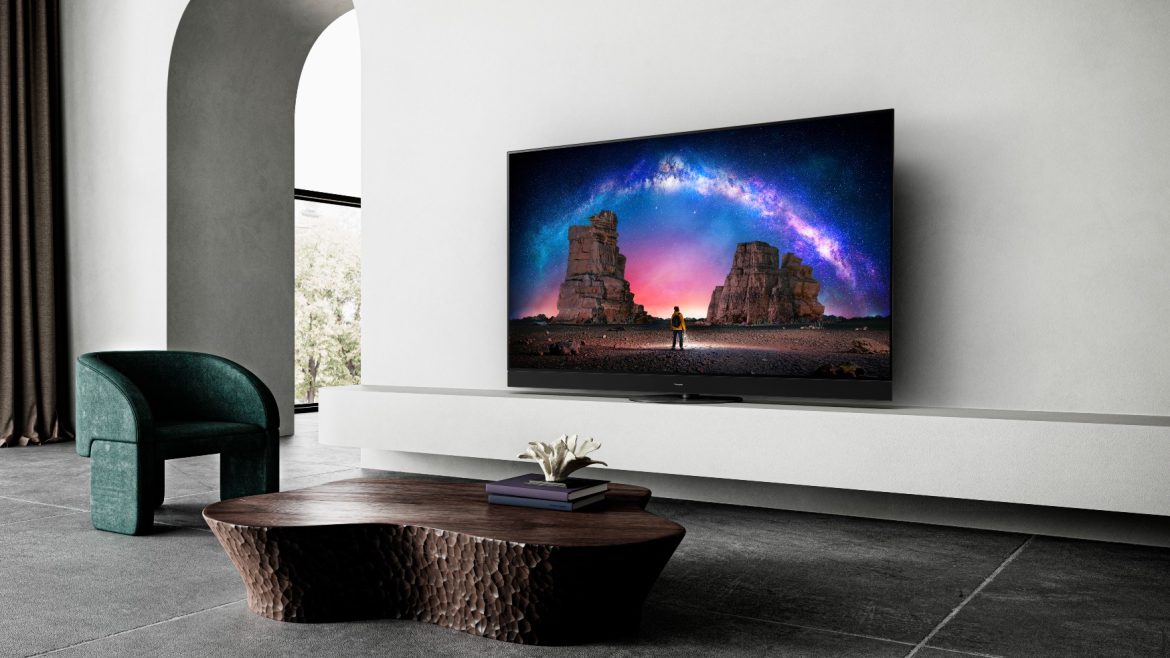TL;DR
Craving a cinema-like experience at home without the crowds or high costs? Panasonic's LZ2000 flagship TV might be your answer. This OLED powerhouse boasts exceptional picture quality, praised by film industry pros, and delivers impressive Dolby Atmos sound. While it faces stiff competition from QD-OLED tech and has a slightly dated smart interface, its consistent brilliance and accurate color reproduction make it a top contender. Ready to see if it lives up to the hype and offers a superior home theater experience? Dive into the full review!
There’s a unique appeal to the cinema experience. It encompasses not only the shared act of watching a film with an audience but also the immersion provided by a large, bright screen and powerful surround sound systems prevalent in modern cinemas. However, the cinematic landscape has evolved, particularly with the surge in home streaming prompted by the Covid pandemic. Top Gun: Maverick revitalized the industry, offering a welcome boost to cinema attendance. Nevertheless, cinema visits have become increasingly expensive, sometimes involve disruptive audiences, and may not always align with convenient viewing times. Conversely, viewing films on mobile screens often fails to satisfy discerning movie enthusiasts. The closest approximation to—and, in some aspects, even surpassing—the cinema experience at home is achieved through a high-resolution, bright 4K OLED TV coupled with a robust home theater system. The Panasonic LZ2000, this year’s flagship model, effectively addresses the visual component of this equation (and delivers respectable audio performance as well).
We have rigorously evaluated Panasonic’s TVs over the years, consistently recognizing their exceptional picture quality. While they once held a near-exclusive position at the pinnacle of display technology, the competition in the home theater market has intensified. Sony and Samsung present formidable challenges, having adopted the advanced QD-OLED technology, whereas Panasonic continues to utilize WOLED (for the current and upcoming generations). The performance differences between these technologies are nuanced. WOLED (or White OLED) theoretically exhibits a minor disadvantage compared to QD-OLED, as the latter incorporates red and green subpixels, potentially resulting in improved luminance, a wider color gamut, and slightly enhanced viewing angles (though historically, this has not been a significant issue with Panasonic screens). For a deeper exploration of the QD-OLED versus WOLED debate, resources are available here.
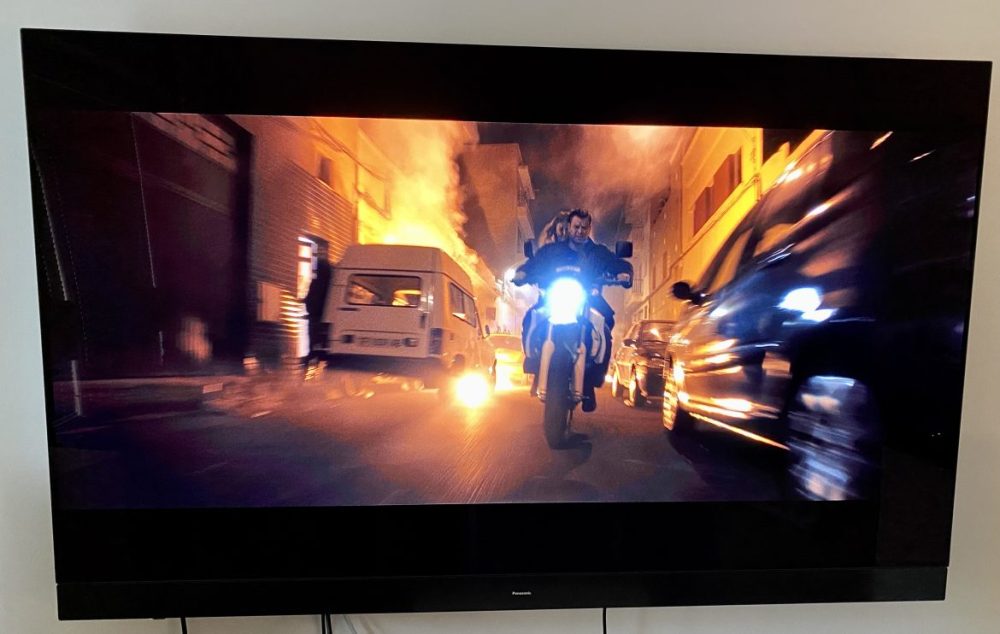
It’s important to remember that theoretical advancements in panel technology represent potential capabilities. In practical terms, Panasonic leverages its proprietary HCX Pro control chip, highly regarded by professional colorists involved in film and television grading as one of the best available. Furthermore, this technology is well-established and reliable, an advantage not always shared by companies prioritizing early adoption of unproven technologies. Panasonic’s “Master OLED Pro with Luminance Booster” design incorporates an OLED EX panel with specialized cooling, enabling the LZ2000 to achieve higher peak brightness levels than its predecessor, the JZ2000, while also mitigating the risk of burn-in.
From an aesthetic perspective, the LZ2000 closely resembles the JZ2000, the first generation to offer comprehensive HDMI 2.1 support. The TV boasts a sleek and slender design, weighing in at just under 30 kg, a slight increase compared to last year’s model. The remote control maintains its somewhat plasticky construction. While the premium feel of the GZ2000 is missed, it incorporates a microphone for voice commands and facilitates more precise calibration of Dolby Atmos sound compared to the GZ2000 and other models lacking this feature.
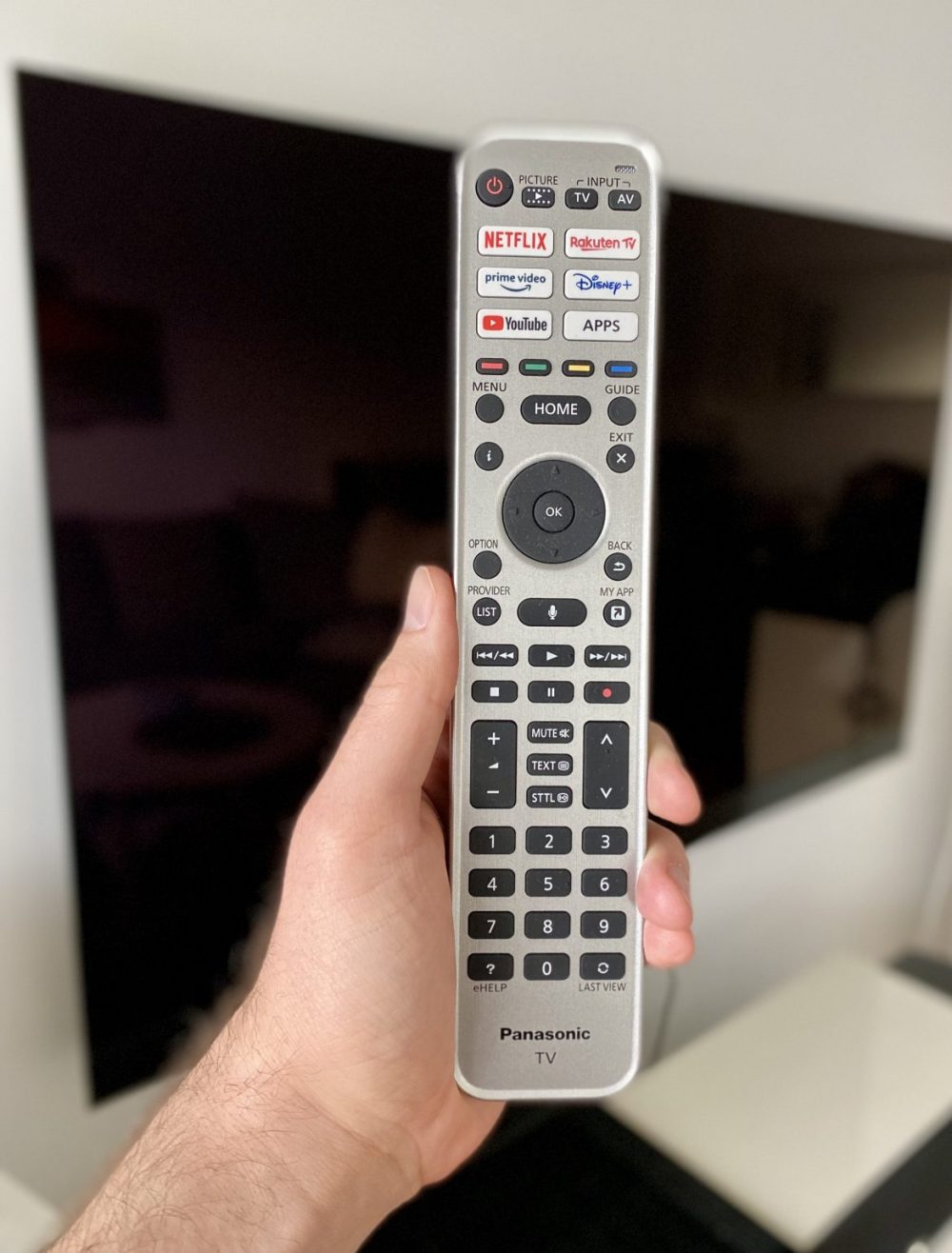
The LZ2000 unfortunately carries over some previously criticized aspects, notably the inconveniently positioned HDMI ports on the rear panel. These connections are virtually inaccessible once the TV is wall-mounted, posing challenges when rearranging or replacing HDMI cables (ensure all cables are connected before mounting). Similarly, the smart TV functionality remains somewhat dated. While MyHomeScreen 7.0 HomeOS is responsive and offers a selection of acceptable apps, it lacks the refined user experience and comprehensive app selection necessary to be considered cutting-edge. Consequently, pairing the TV with an Apple TV or a recent Chromecast 4K model is highly recommended (a practice we advocate for all users, given the superior quality and affordability—between 500-2000 kronor—of these external solutions compared to integrated systems).
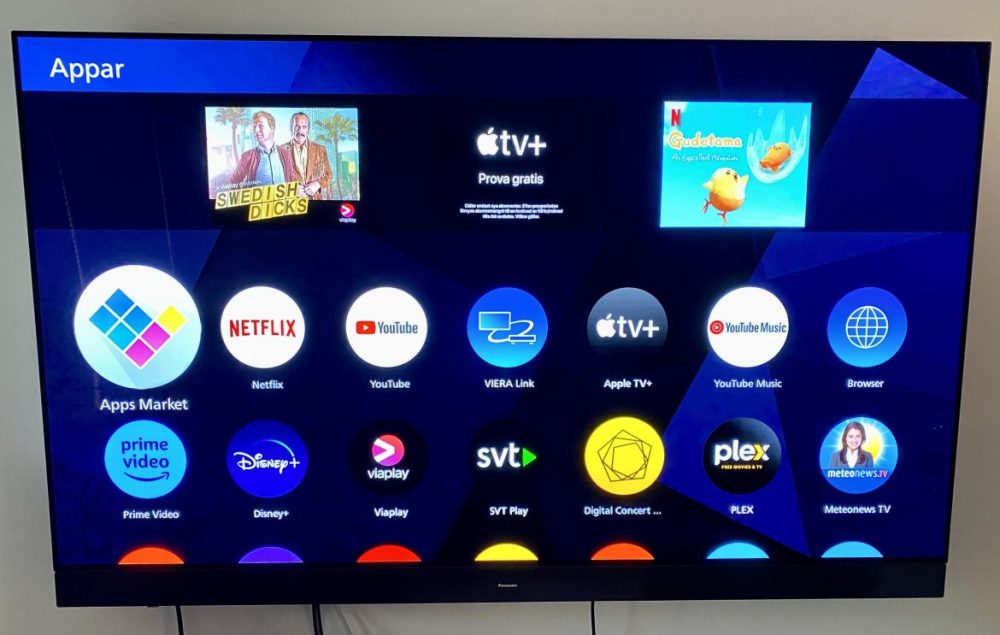
LZ2000 – Audio Performance
The inclusion of a compact and discreet Dolby Atmos system is a significant advantage, and the LZ2000’s implementation represents an improvement over the JZ2000, which already delivered commendable audio performance for its design. The soundstage is more precise, the center channel is clearer, and the calibration options allow for enhanced responsiveness and optimization of the surround sound experience, including bass reproduction. Technics‘ expertise in audio is evident here. While the integrated system cannot match the performance of a dedicated home theater setup, it provides a significantly simpler and more living room-friendly alternative to deploying multiple discrete speakers.
Picture Quality – Panasonic LZ2000
Panasonic’s consistent ability to maintain exceptional picture quality, while simultaneously achieving incremental improvements year after year, is remarkable. The JZ2000 and HZ2000 were already outstanding TVs. However, in a direct comparison with the LZ2000, this year’s model exhibits even greater luminance, more vibrant colors, and enhanced contrast in HDR. While the differences are subtle, they are readily apparent in a side-by-side evaluation. Regardless of the source material—high-quality UHD 4K movies (ideally viewed in Filmmaker mode), contemporary games with 4K, HDR, HFR, and VRR, or standard television broadcasts—the panel renders images with exceptional fidelity.
Two key attributes distinguish the LZ2000: first, it achieves the highest practical (as opposed to theoretical) luminance output of all panels tested in 2022 according to the D65 standard, exceeding 1000 nits, despite the WOLED technology becoming relatively mature. While QD-OLED may possess theoretical advantages, real-world image reproduction is a separate consideration. Second, the Panasonic panel distributes light evenly across the image, creating the perception of greater overall brightness compared to panels that concentrate light in smaller areas to achieve peak brightness (which can compromise image quality and deviate from the director’s intended vision).
Panasonic prioritizes both vibrant and accurate color reproduction through careful panel selection and control chip programming. This is why their panels are frequently utilized by professional film and television colorists, such as those at Nordic United (Gåsmamman, Exit, etc.). The primary alternative has been Sony’s professional monitors, which are significantly more expensive. Consumers may prefer specific settings that yield a particular image aesthetic, but for those seeking faithful and detailed image reproduction, the Panasonic LZ2000 is a compelling choice. Calibration is often unnecessary, as the TV delivers excellent performance straight out of the box, particularly when selecting the appropriate viewing mode.
Gamers will appreciate the enhanced game mode, which provides additional settings to minimize input lag (at the cost of some image processing). When set to “Fast” mode and running at 60 fps, the response time drops to just over 9 ms, representing exceptionally low latency for the level of image quality, HDR, VRR, and HFR support provided. At a true 120 Hz refresh rate, the TV measures just over 5 ms. The TV incorporates “automatic Nvidia GPU detection” to optimize latency for PCs with Nvidia graphics cards, although it does not currently support G-SYNC (a feature expected in the next model).
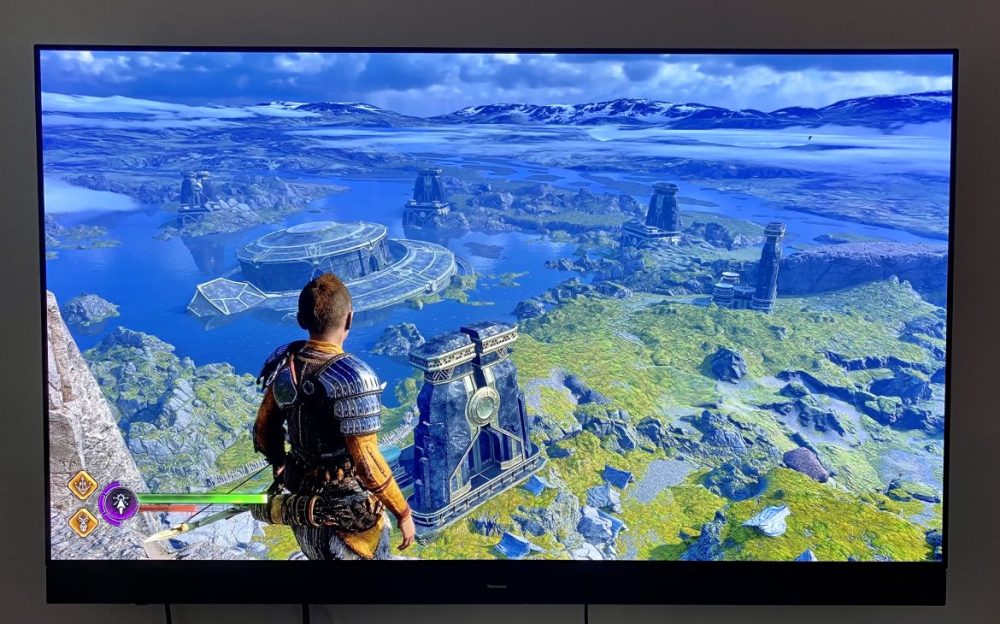
A limitation exists in all 2022 Mediatek chips (including the SoC in the LZ2000), where either 4K at 120Hz or 4K with Dolby Vision HDR can be enabled, but not both simultaneously (Dolby Vision is then limited to 60Hz). The Xbox Series X may display a warning regarding this limitation. In practice, this is unlikely to be a significant issue, as very few games currently support 4K, DV, and 120Hz concurrently. Nevertheless, it is important to be aware of this limitation, especially if you encounter the warning on the Xbox’s video settings page (interestingly, last year’s JZ2000 did not trigger this warning…).
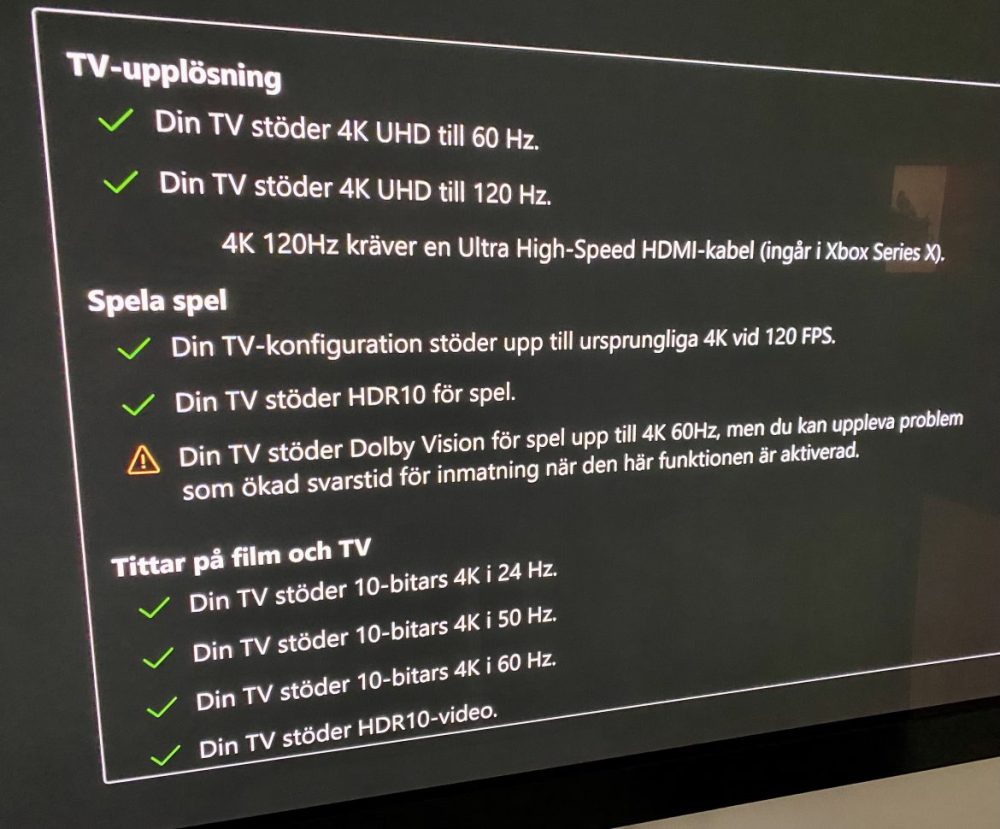
Panasonic offers the flagship LZ2000 in 55-inch, 65-inch (the model tested here), and, for the first time, 77-inch screen sizes. Larger screen sizes enhance the cinematic experience at home, and we welcome this trend. However, it’s important to note that the 77-inch panel involves certain picture quality trade-offs (based on specifications, as we have not tested it ourselves). For optimal picture quality, the 55-inch or 65-inch models are generally recommended.
Summary: Panasonic LZ2000
While it may seem repetitive, we are consistently impressed by Panasonic’s ability to maintain its competitive edge, year after year, while continuously innovating. The LZ2000 is an outstanding high-end TV that stands out in an increasingly competitive market. Although no longer unchallenged at the top, and despite WOLED technology having theoretical disadvantages compared to the newer QD-OLED, Panasonic continues to refine its implementation. The upcoming 2023 flagship, the MZ2000, will retain WOLED technology but aims to achieve nearly 50% greater luminance output (approximately 1500 nits). Should you wait for it? It’s a difficult question to answer. There is always potentially something “better” on the horizon, but the extent of the improvement and the associated cost remain unknown. The LZ2000 is a top-tier performer today and continues to serve as a reference display in our editorial workflow for evaluating film, television, and games. While it represents a significant investment, it exhibits remarkably few shortcomings. This constitutes a strong recommendation.
Panasonic provided the unit for this review. Manufacturers have no editorial influence over our reviews.
